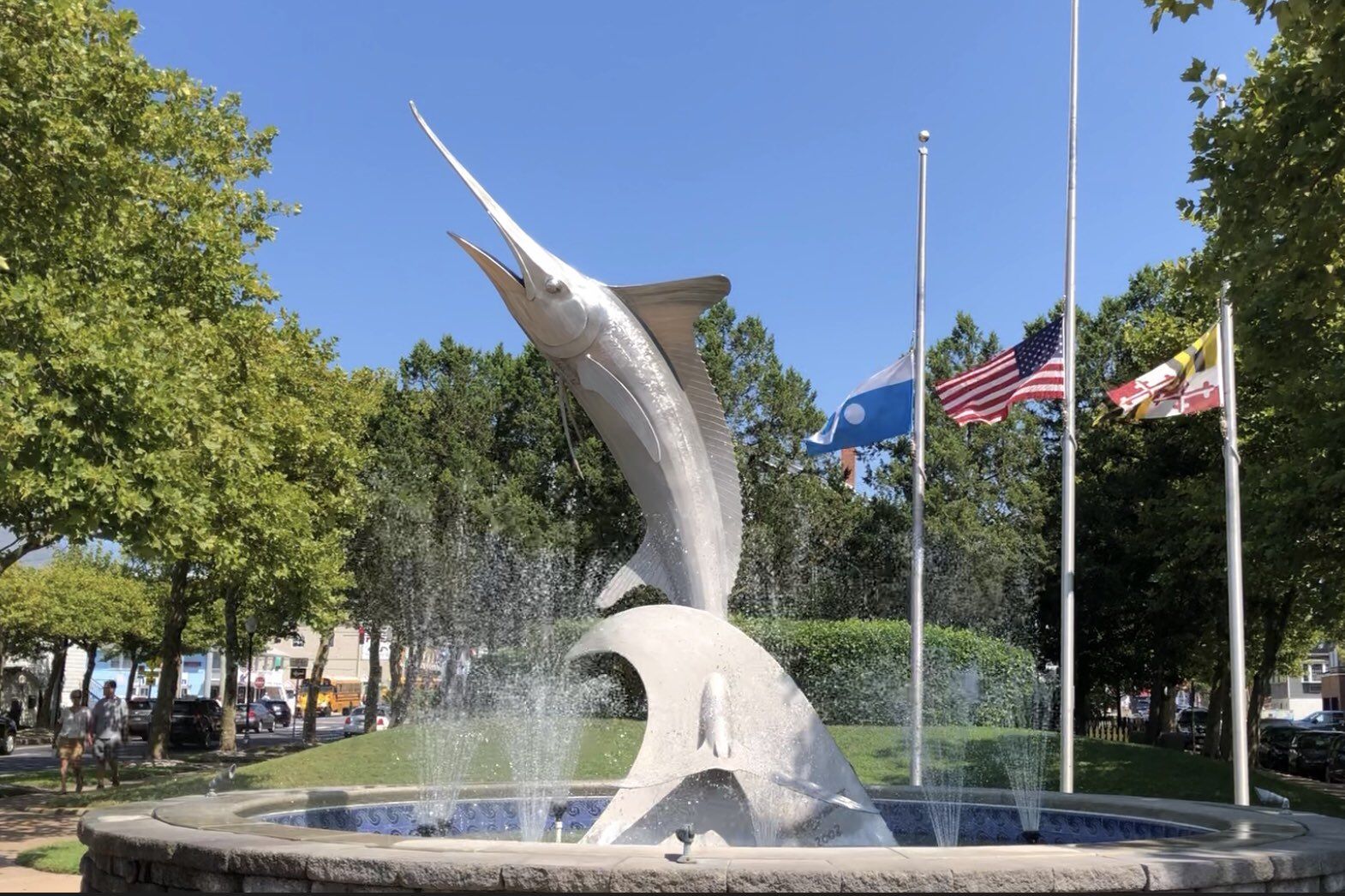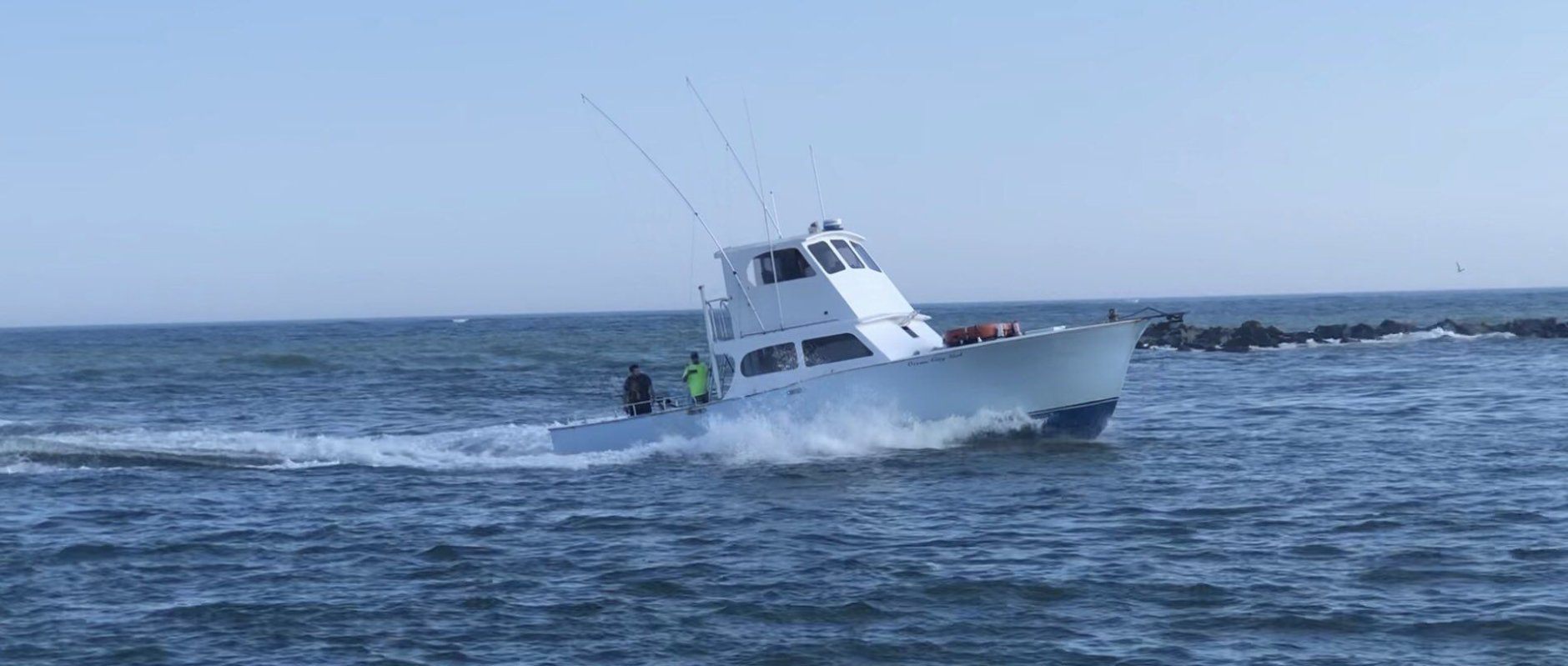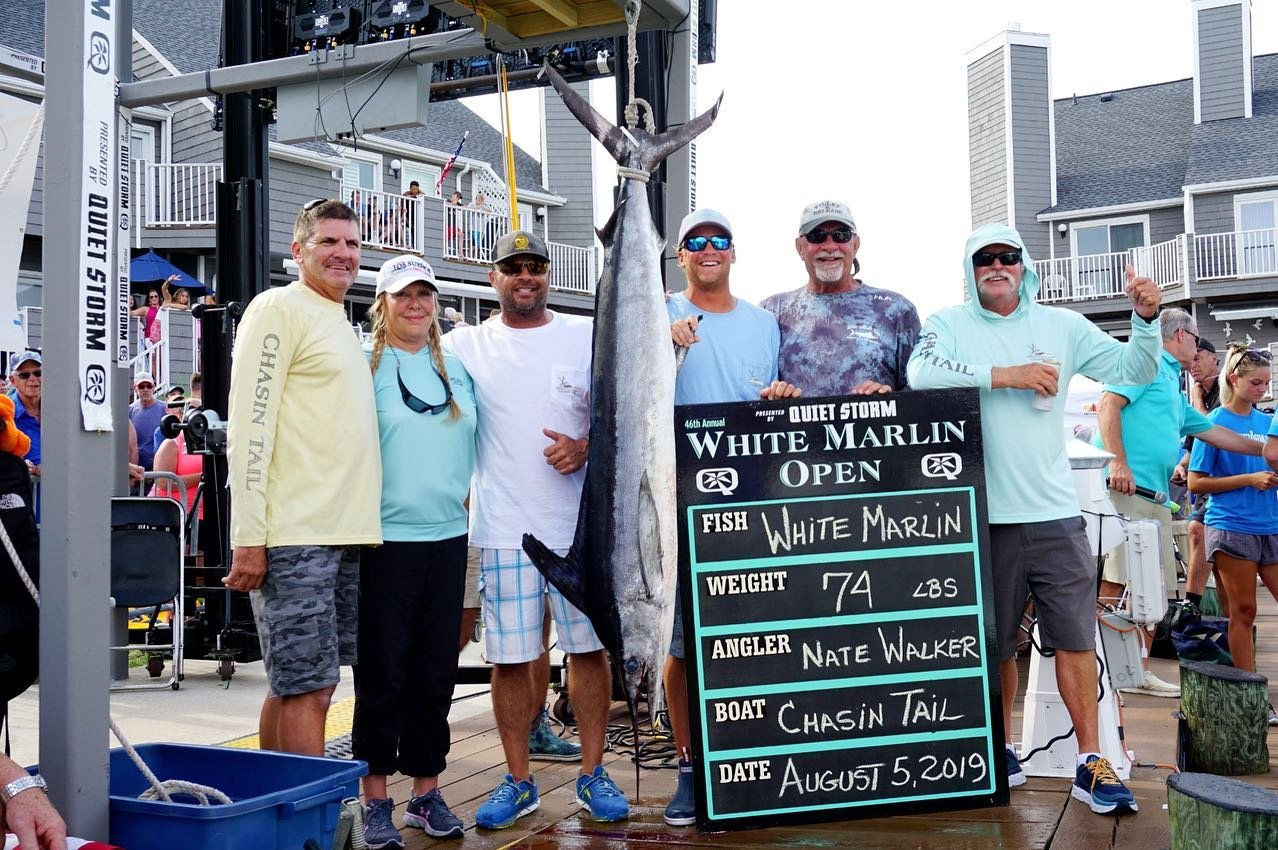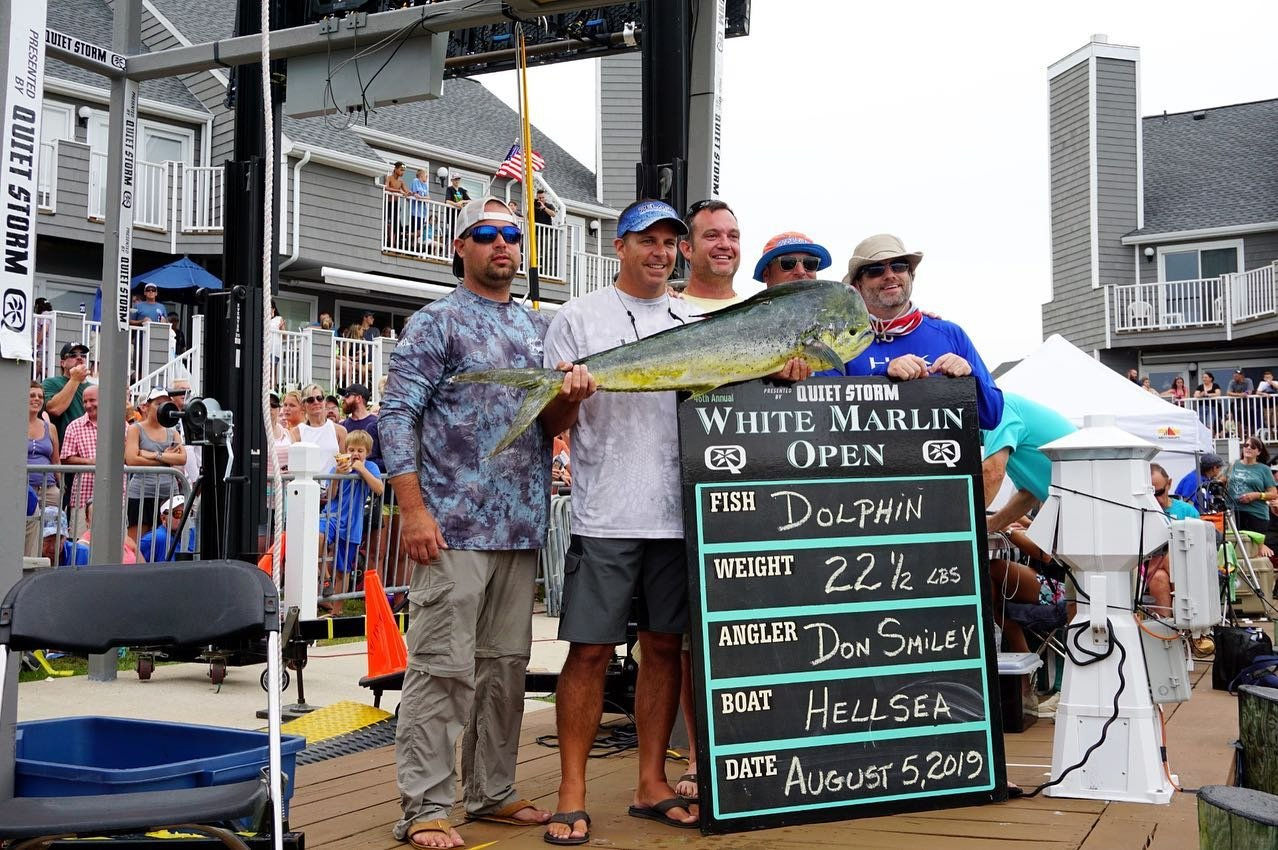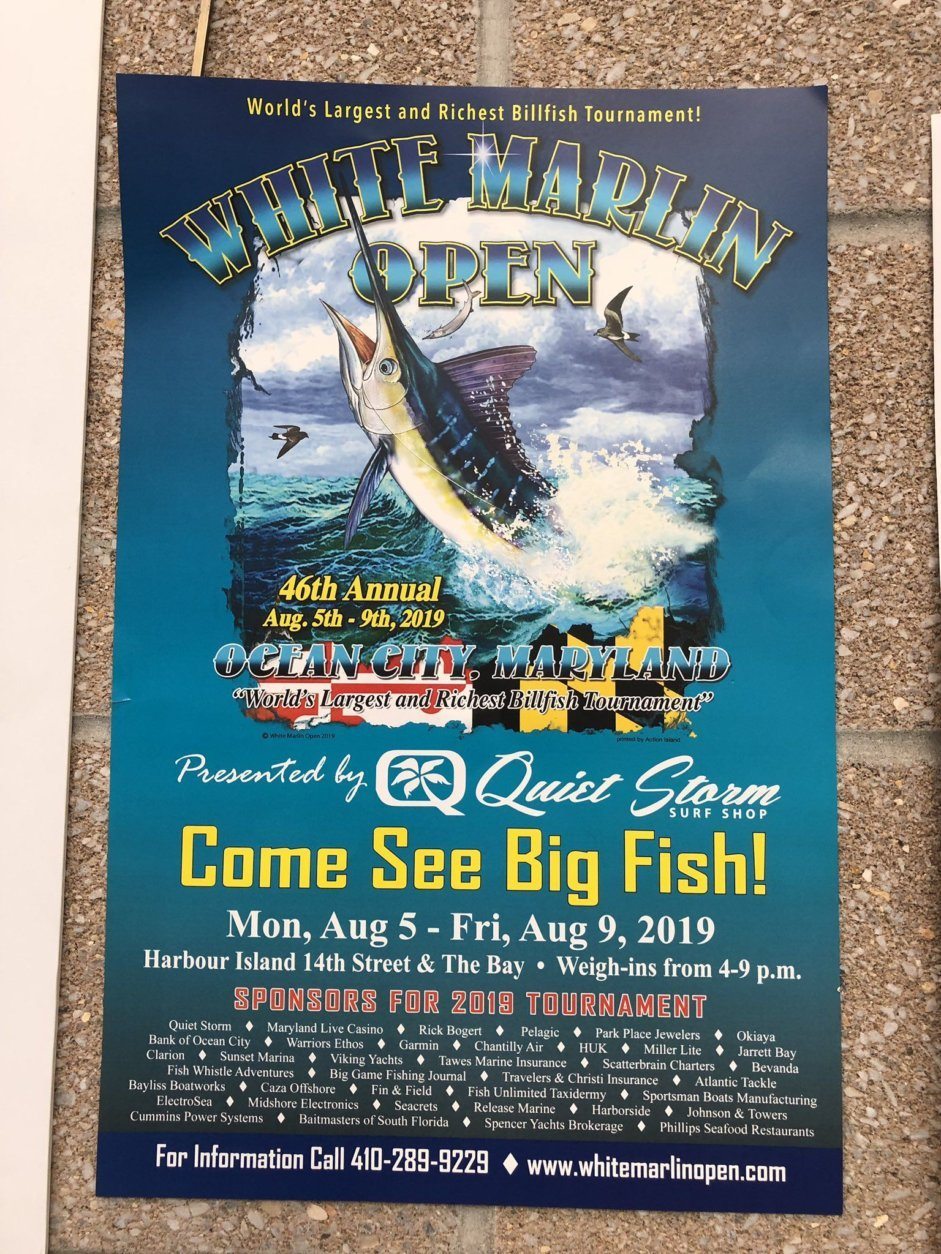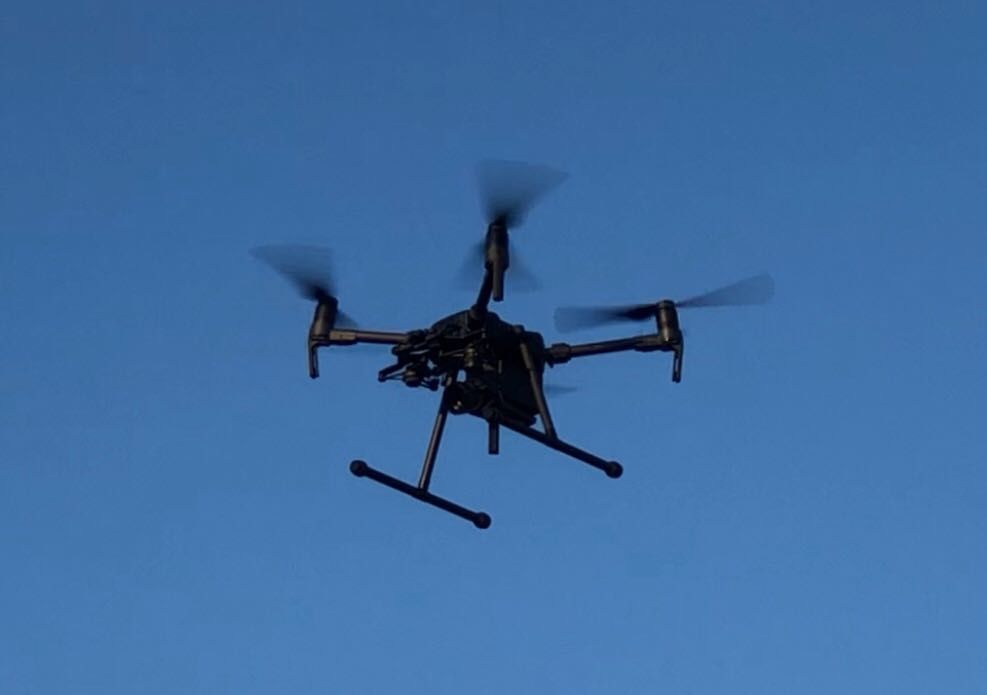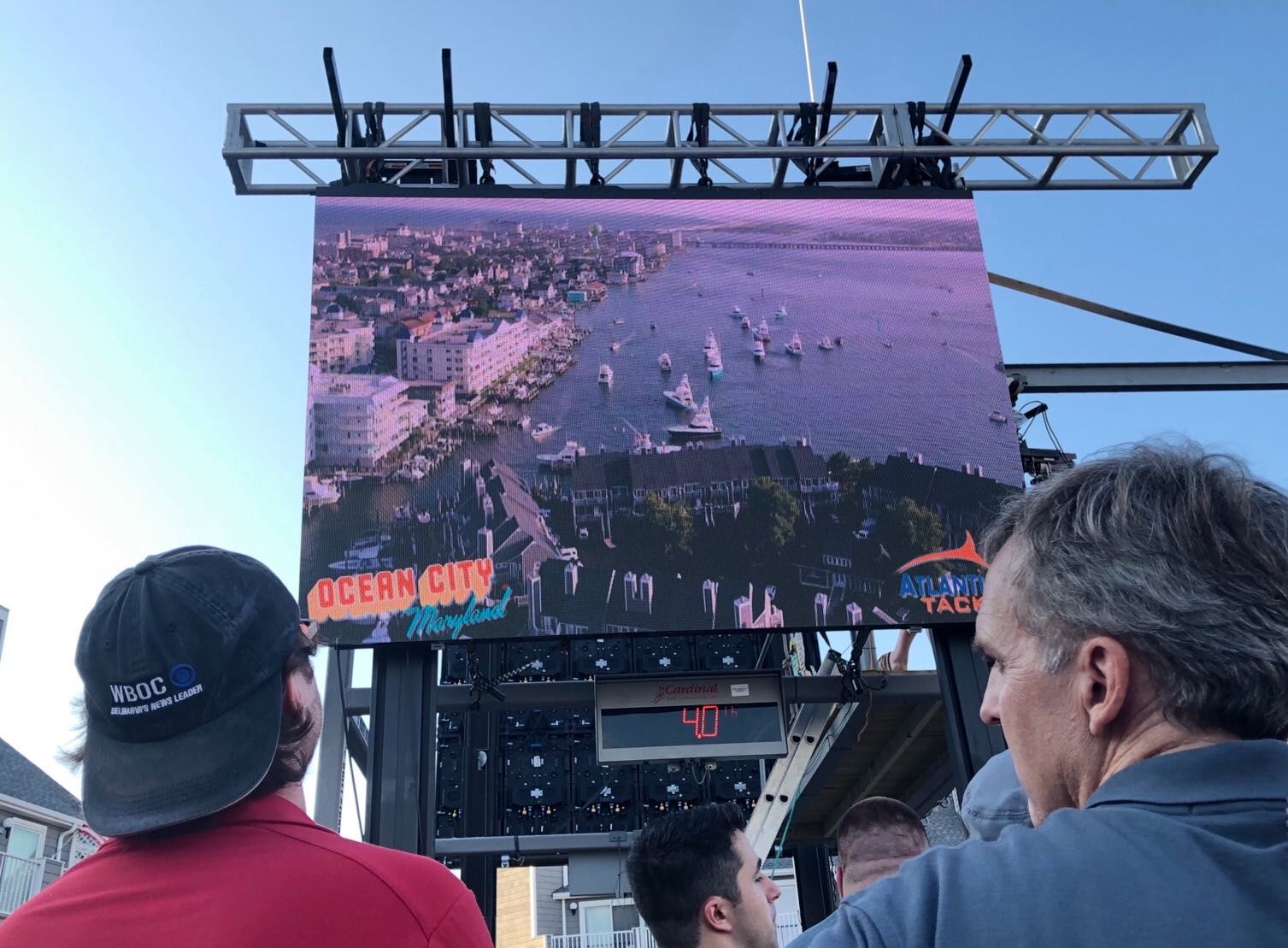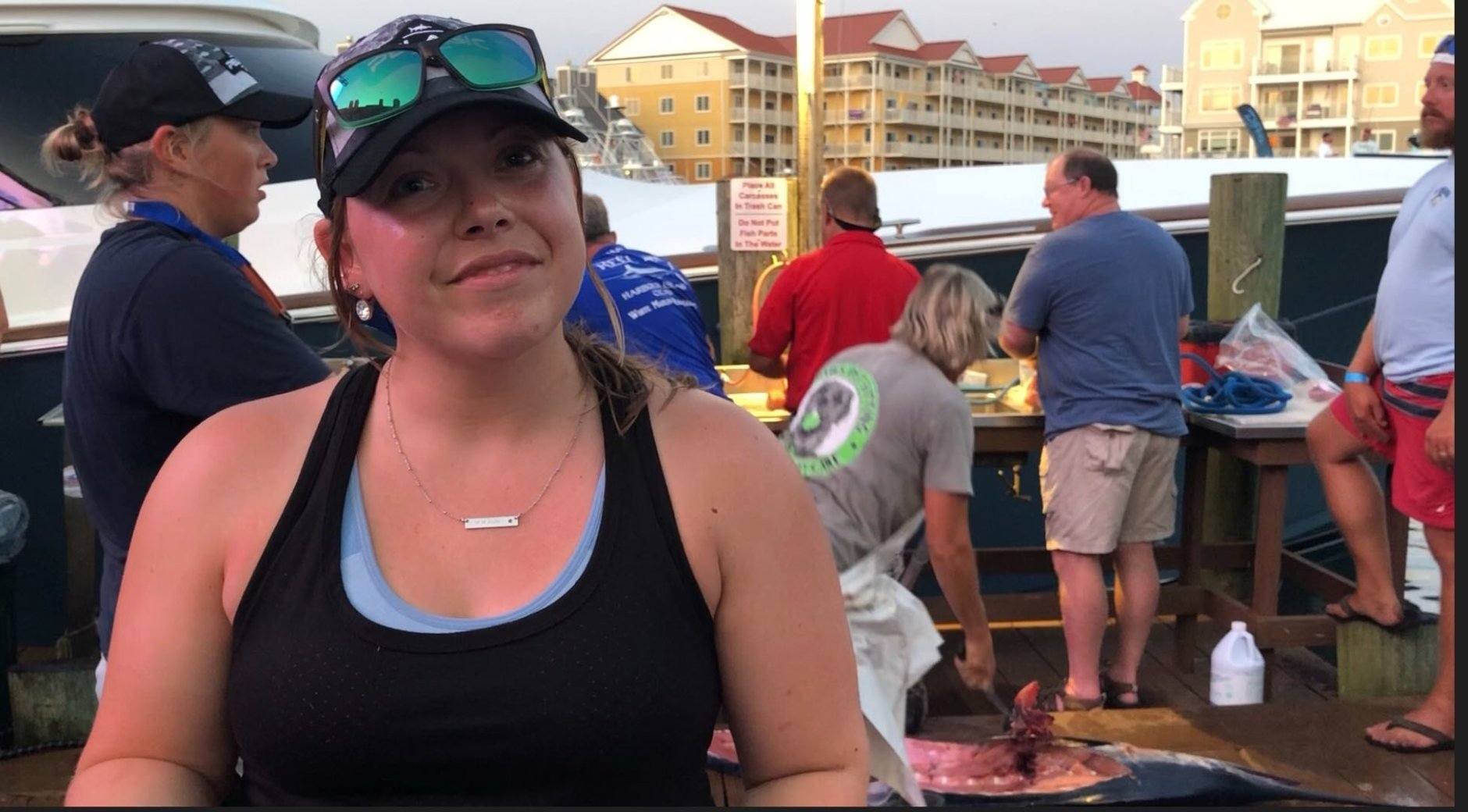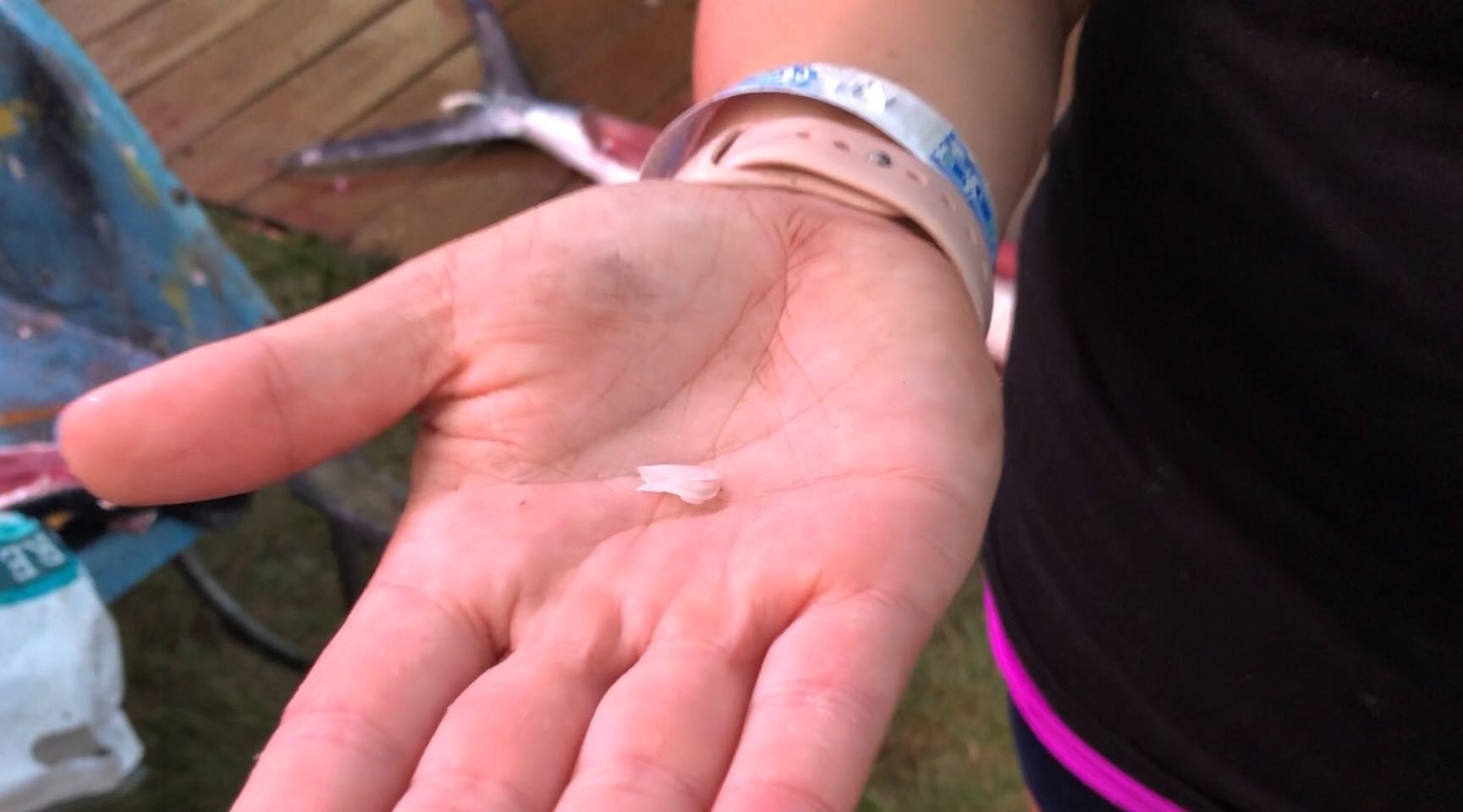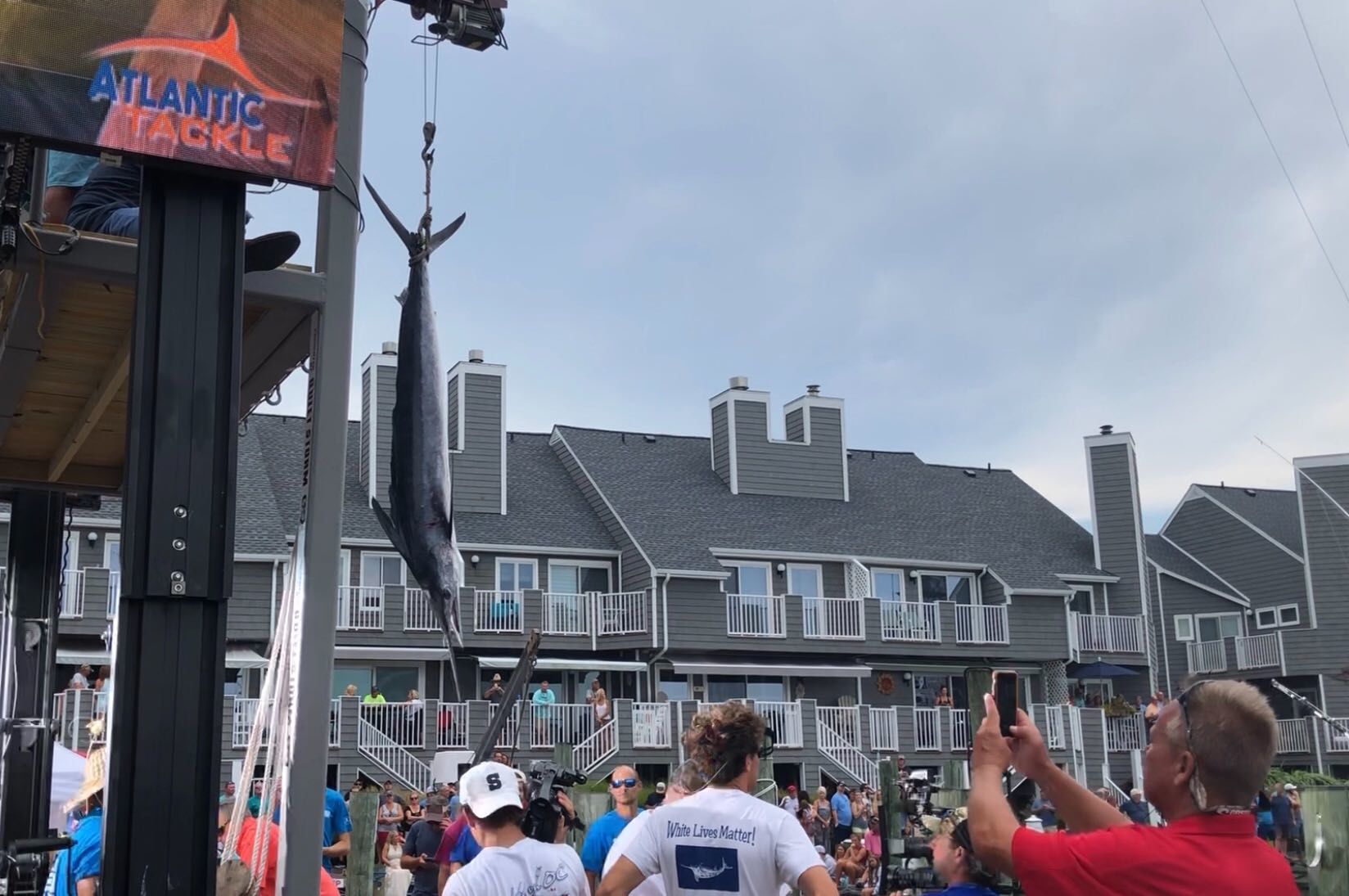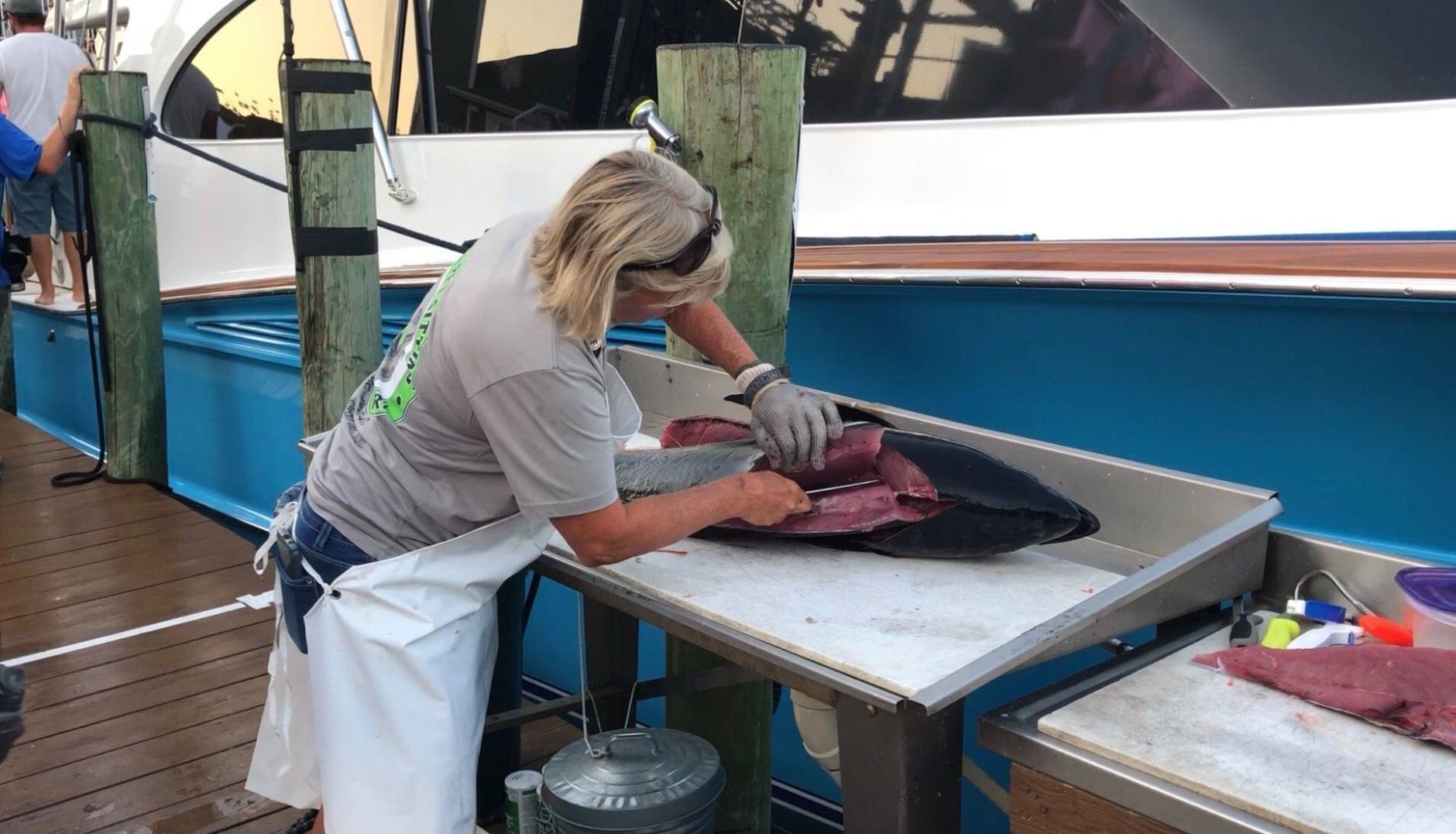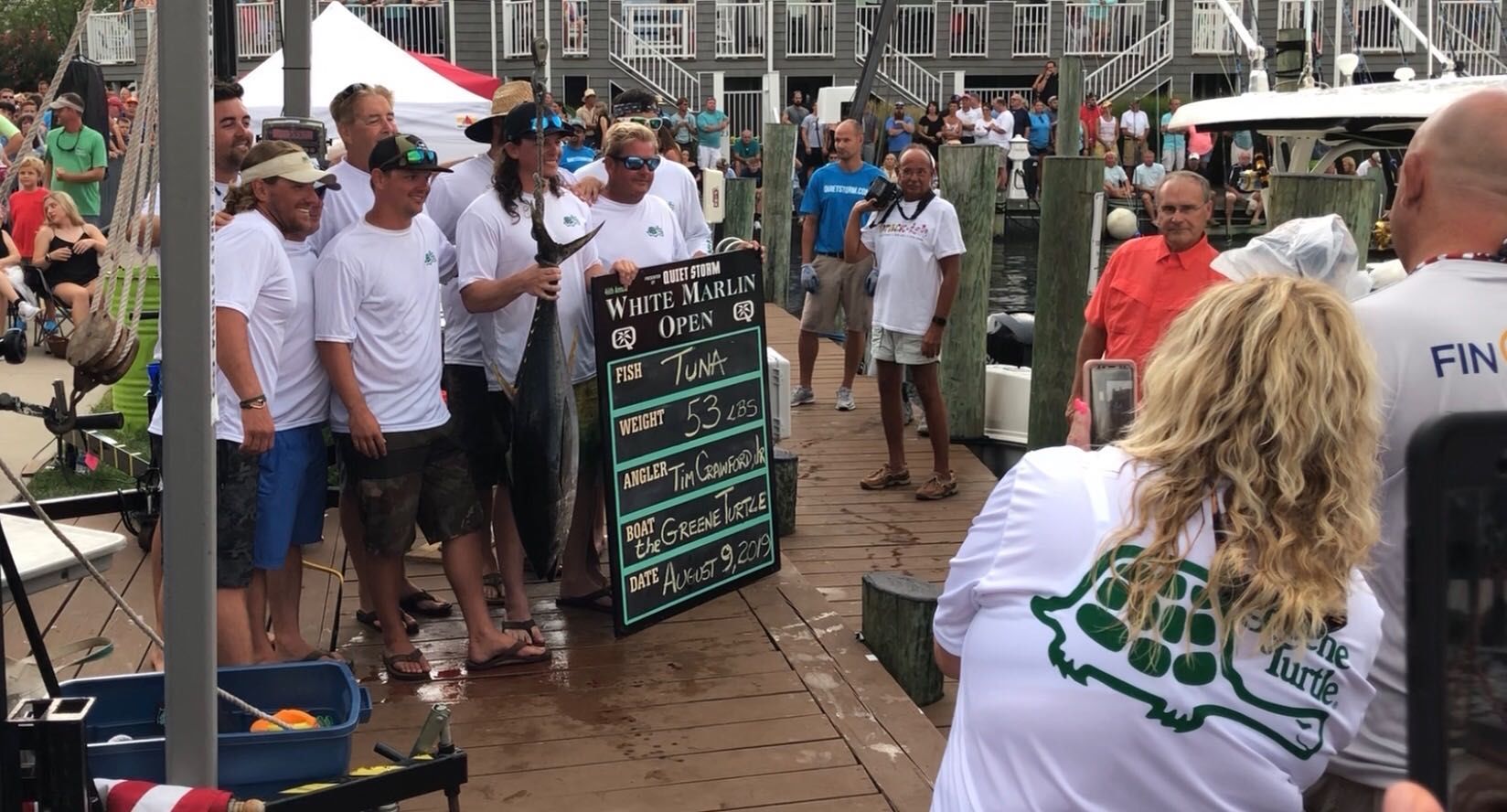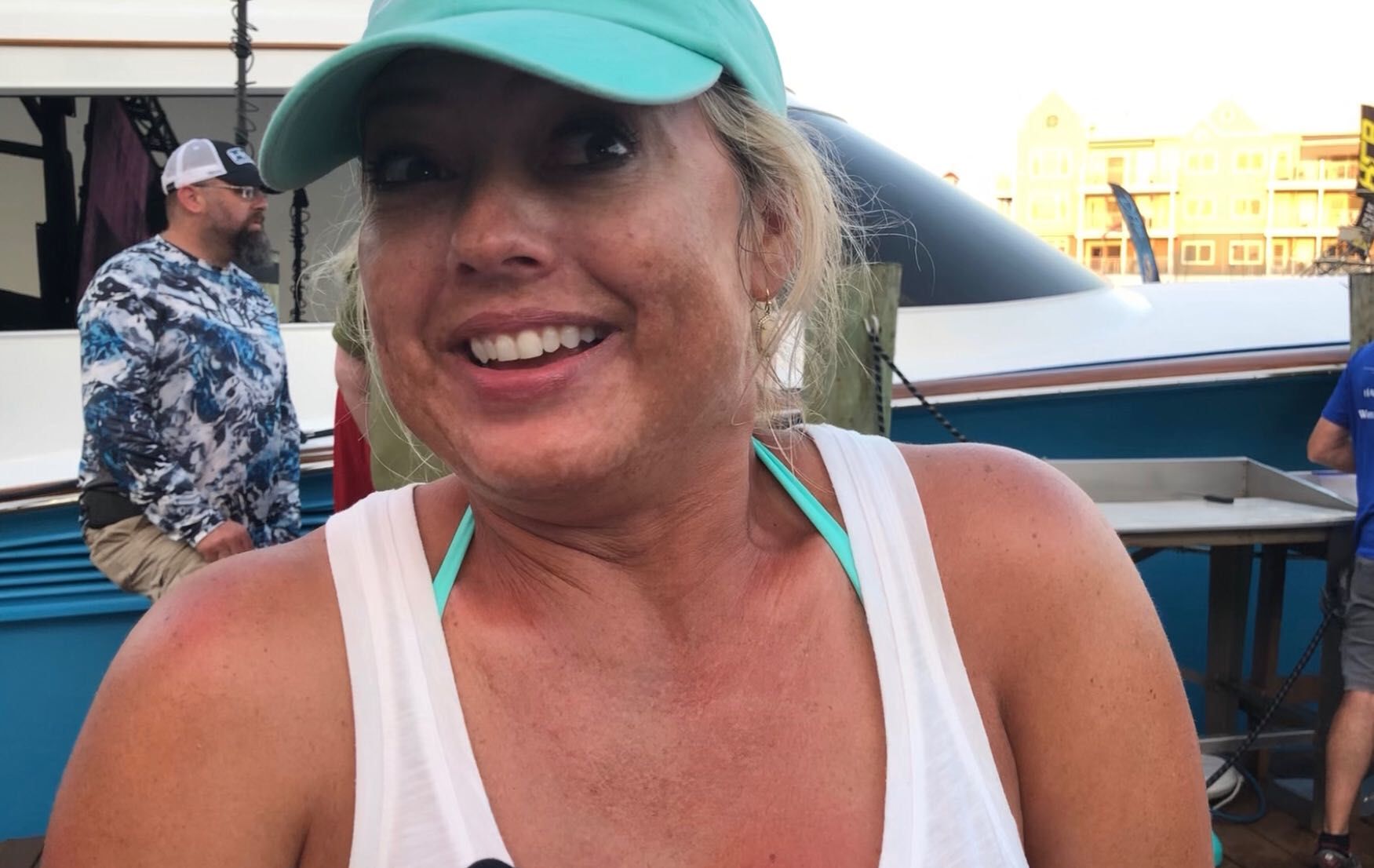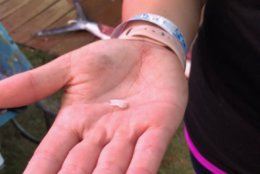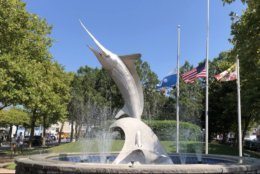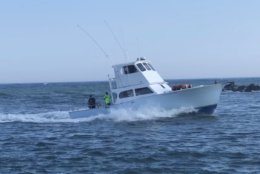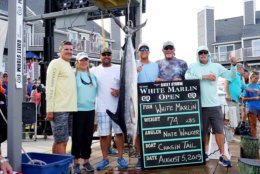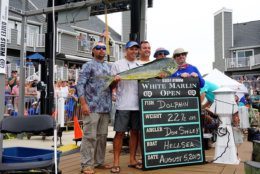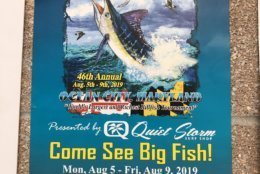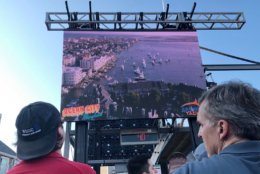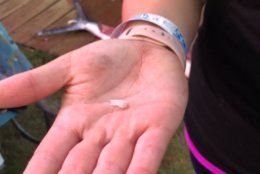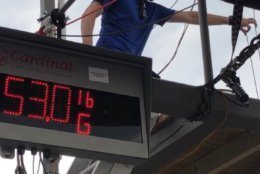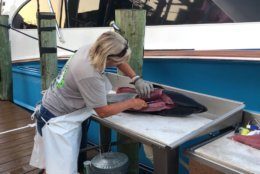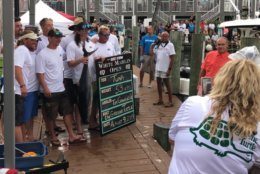(Listen as WTOP’s Kristi King captures the essence of the White Marlin Open)
The White Marlin Open that just wrapped up in Ocean City, Maryland, gives away more than $6 million in prize money — but there’s plenty of evidence the anglers aren’t just in it for the money.
“We all love this sport,” White Marlin Open board of directors member Andy Motsko said.
“As much as the anglers want a big catch, they realize that to keep this sport going, you’ve got to put the fish back in the ocean. So, they do — at amazing levels,” he noted.
While counts were still being tallied from incoming boats Friday night, Motsko said 1,202 fish that had been caught were returned to the ocean.
Another display of good intentions on the part of the anglers is that most of the qualifying fish are donated to the Maryland Food Bank.
“And, that stays local too. It stays on the Eastern Shore,” Motsko said.
On the dock where some of the qualifying fish were being cleaned, marine scientists from the Gulf of Maine Research Institute were using a small power tool get into the stomachs and heads of tunas and marlins to collect samples for study.
The stomachs will reveal what the fish are eating.
“If we can figure out what they’re eating, we can see if that’s changed over time, or if we’re seeing any new fish come into the ecosystem,” Brenda Rudnicky said. “So, as much as it’s about the marlin and the tuna, it’s also about the fish that they’re consuming.”
As for what researchers need inside a fish’s head? Much like a tree’s rings reveal its age, there’s a growth similar to fingernails in the ears of fish called otoliths.
“We can actually figure out how old all the fish are that are coming into the White Marlin Open, which is really great for our stock and success in science,” Rudnicky said.
Correction: An earlier version of this story misspelled Andy Motsko’s last name. It has been corrected.










